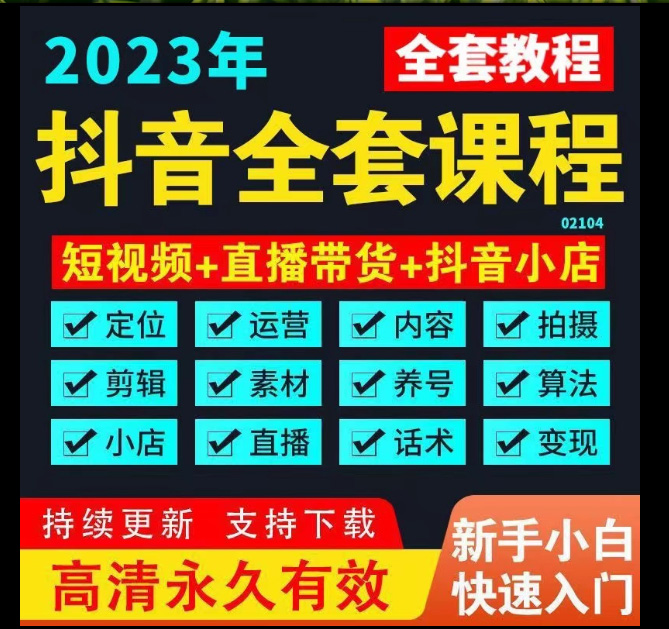拉萨拼多多电商运营培训多少钱

短视频电商培训
1776年,亚当·斯密在自己的成名作《国富论》里讲述了一个英国工厂通过分工提高生产效率的故事,由此延伸出的“分工理论”可以当下商业世界里的诸多现象。In 1776, Adam Smith told the story of a British factory improving production efficiency through division of labor in his famous work The Wealth of Nations, and the "theory of division of labor" extended from this can be used to describe many phenomena in the current business world.
通过多年的探索和教学积淀,我们构建了“定位+规则+策划+运营”的实战教学课程体系,培训领域有电商美工视觉培训、电商运营培训、电商全能培训、全网营销培训、SEO/SEM培训、移动营销培训、网站策划与建设培训等全方位全流程服务,致力打造良性互联网营销服务生态圈。learned is what is needed", and puts the practical training and employment issues of students first. Since its establishment, it has received widespread praise from society and has become a leading training institution in the region. Faced with the serious shortage of internet talents in today's society, we are fully confident in entering the national IT vocational education and training market.
2022年5月31日,抖音电商升级为全域兴趣电商,将短视频和直播内容、商城、搜索等场景融合。随着“兴趣电商”到“全域兴趣电商”的升级,抖音上的国货商品得以拓展购买场景。《2022抖音电商国货发展年度报告》显示,平台上国货商品搜索量提升165%,国货短视频数量提升3652%。
两种模式的主要区别在于经销与品牌方绑定较深,早年经销模式更容易体现一个服务商的能力,因此拥有更灵活的策略制定与定价权。但经销容易造成库存问题,投入成本大。代销模式运营成本小,毛利高,但代运营企业的角色更像是“4A公司”,决策度低,竞争也更激烈。The main difference between the two models lies in the deeper binding between the distribution and brand side. In the early years, the distribution model was more likely to reflect the capabilities of a service provider, thus possessing more flexible strategic formulation and pricing power. But distribution can easily cause inventory problems and high investment costs. The commissioned sales model has low operating costs and high gross profit, but the role of the commissioned operation enterprise is more like that of a "4A company", with low decision-making and more intense competition.
对此,《报告》分析指出,互联网人口红利虽然下降,但我国电商业态仍在创新发展。据网经社电子商务研究中心近日发布的《2022年(上)中国直播电商市场数据报告》显示,2017至2021年,国内直播电商市场交易规模由196.4亿元增长到23615.1亿元,增速明显高于网络购物交易额的整体增速,这说明直播电商等新模式,仍在迅速发展。According to the data of China Internet Network Information Center, as of June 2022, the number of Internet users in China is about 1.051 billion, and the growth rate of Internet users has dropped since 2007, with an average annual growth rate of 6.6% from 2014 to 2021.

